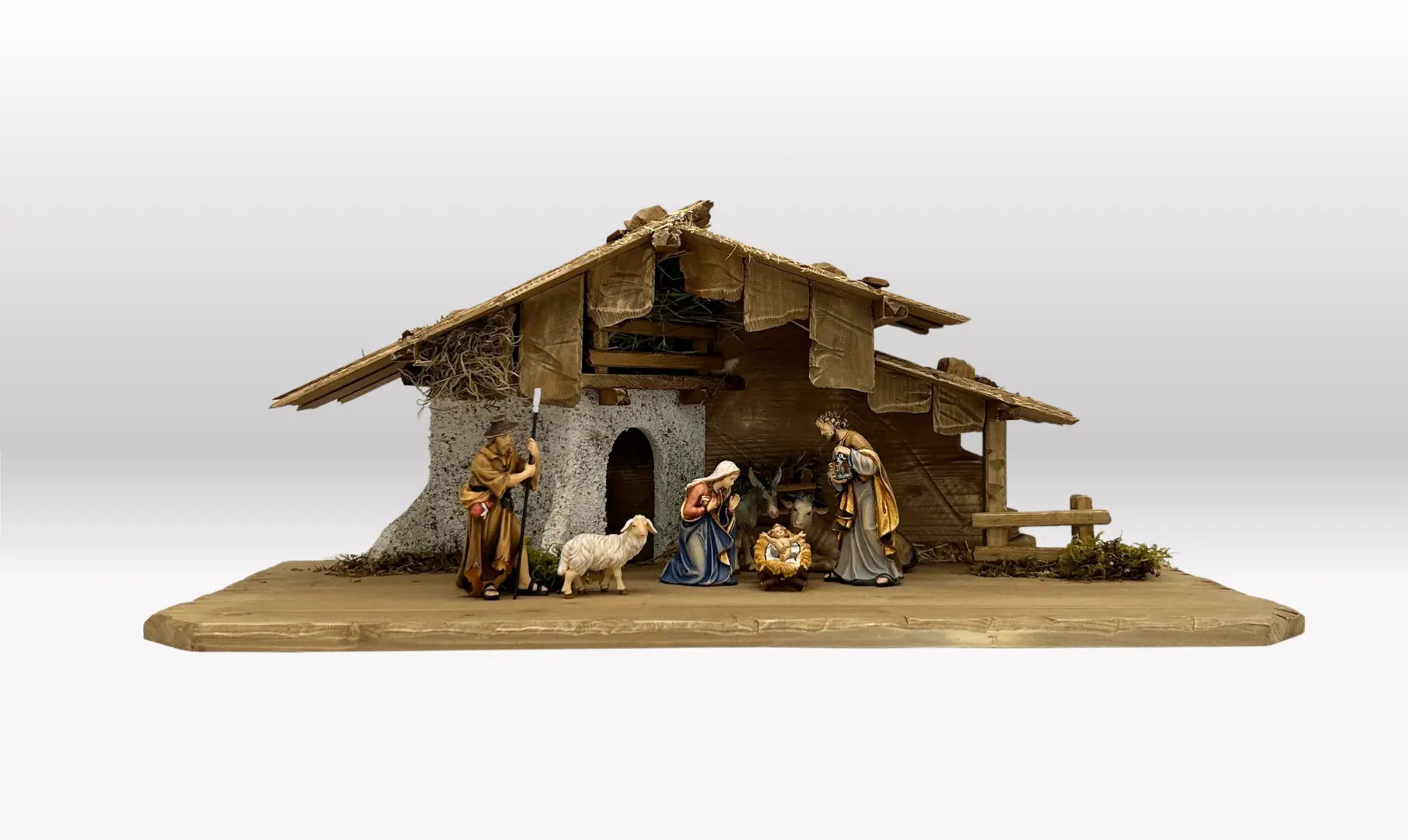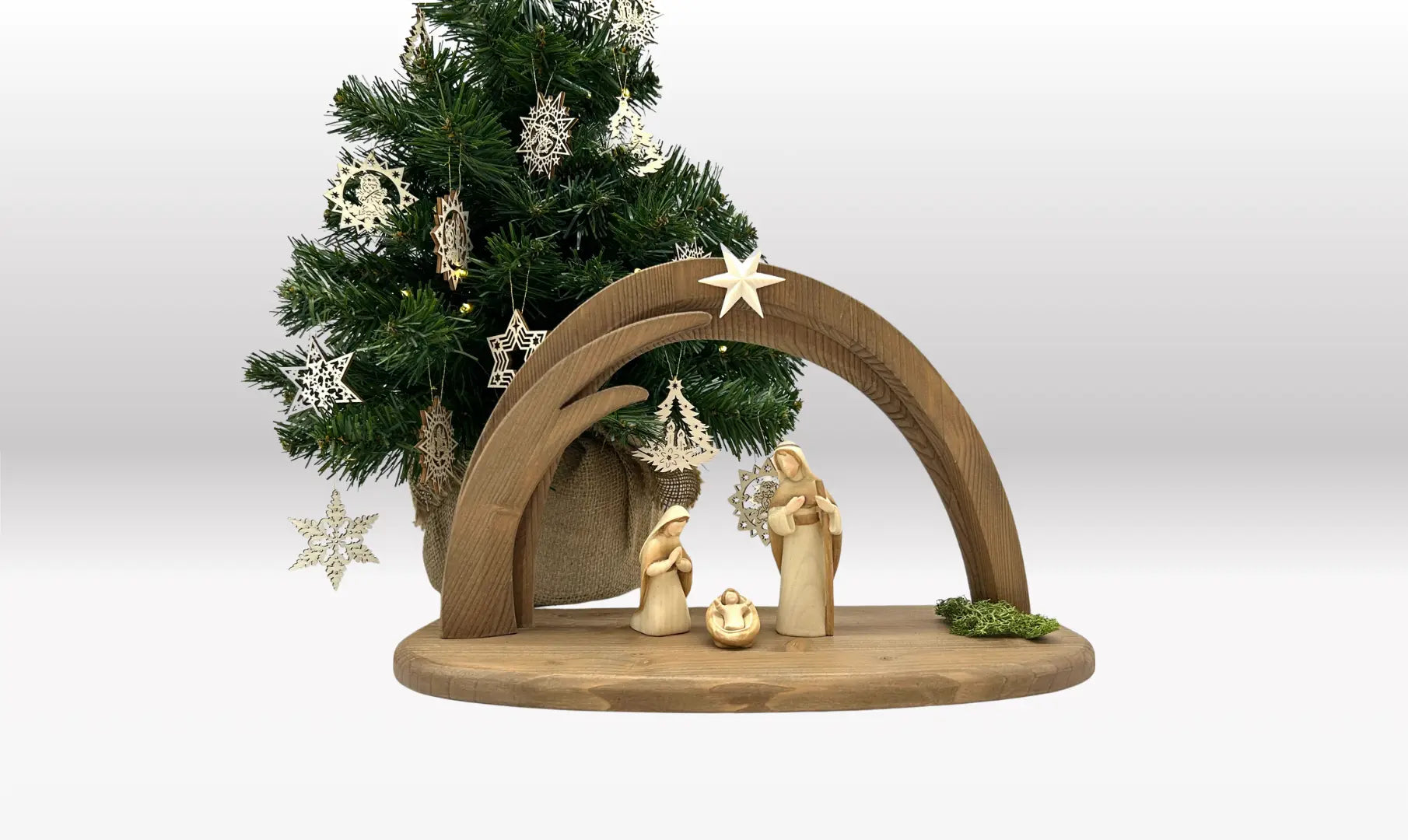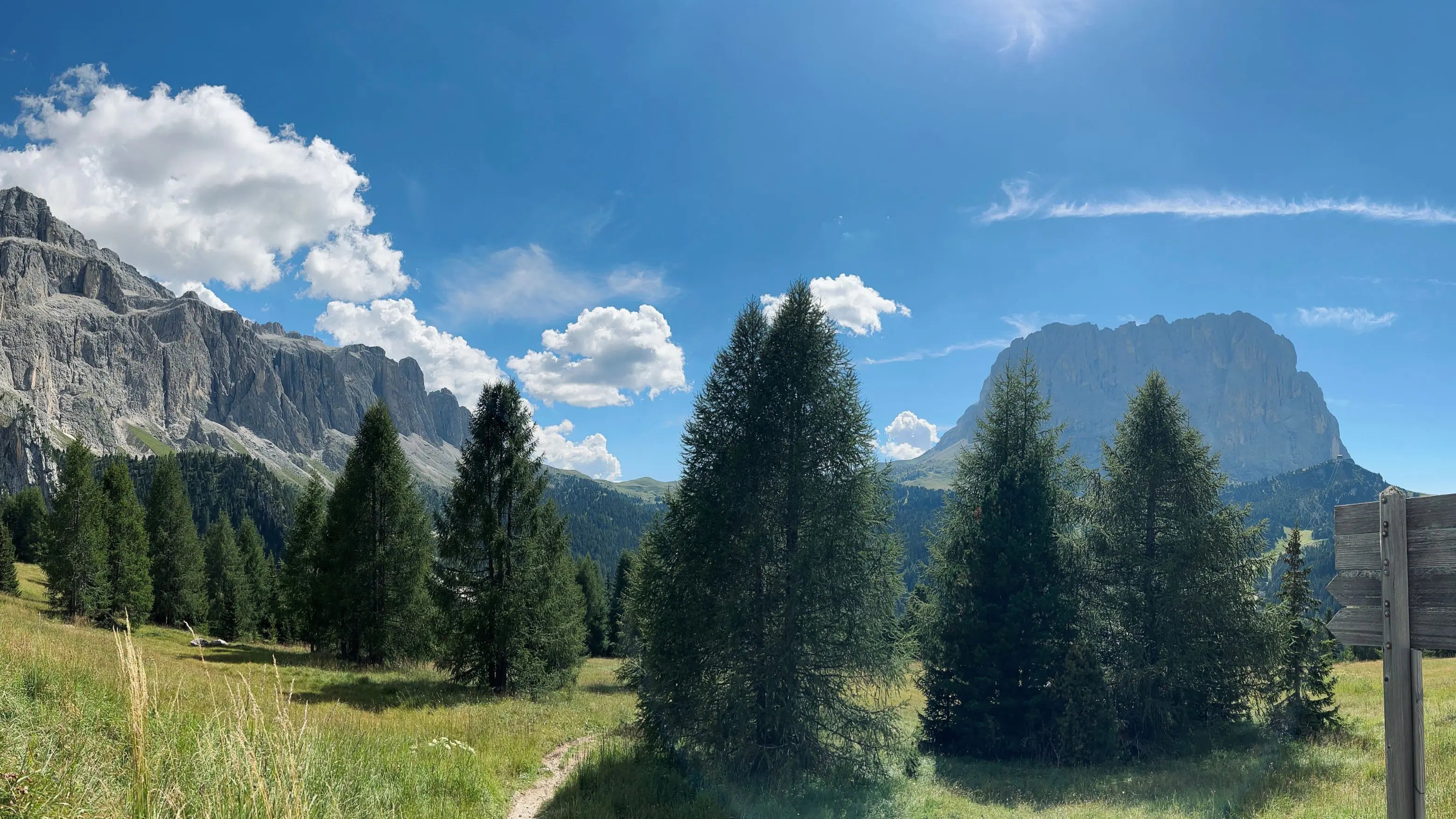
Why Is It Called a "Nativity Scene"?
Why Is It Called a "Nativity Scene"?
The Nativity scene – a central part of Christmas that depicts the Holy Family, shepherds, the Three Wise Men, and animals in the stable. But the term “Nativity” has much deeper roots than we might realize. The word comes from the Latin "nativitas," meaning "birth." Over time, it became specifically associated with the birth of Jesus Christ, which is why the scene portraying this event is called the "Nativity."
The Nativity Scene in the Bible
The tradition of displaying a Nativity scene is, of course, tied to the Biblical account. According to the Gospel of Luke, after Jesus was born, he was laid in a manger because there was no room for Mary and Joseph at the inn. The manger, often depicted as a humble feeding trough, symbolizes both the simplicity of Jesus’ birth and his connection to ordinary, everyday people.
From the Manger to the Nativity Scene
Over the centuries, the manger from the Bible evolved into the full Nativity scene that we know today. The practice of representing Jesus' birth with figurines and scenery dates back to the Middle Ages. Saint Francis of Assisi is often credited with popularizing the first live Nativity in 1223, using real people and animals to reenact the birth of Christ, making the event more relatable for the local community.
The Nativity Scene as a Symbol
The Nativity scene is not just about the birth of Jesus; it also represents humility and the wonder of God's incarnation on Earth. It serves as a symbol of hope and renewal, reminding us each year of the true meaning of Christmas. While early Nativity scenes were simple, often made of straw and wooden figures, today’s versions range from elaborate artistic creations to minimalist designs. Yet the message remains the same.
Conclusion
The term "Nativity scene" may seem straightforward today, but it carries a rich and meaningful history. From a simple feeding trough to a central symbol of Christian faith, the Nativity reminds us that the divine can appear in the most humble and ordinary of places.


